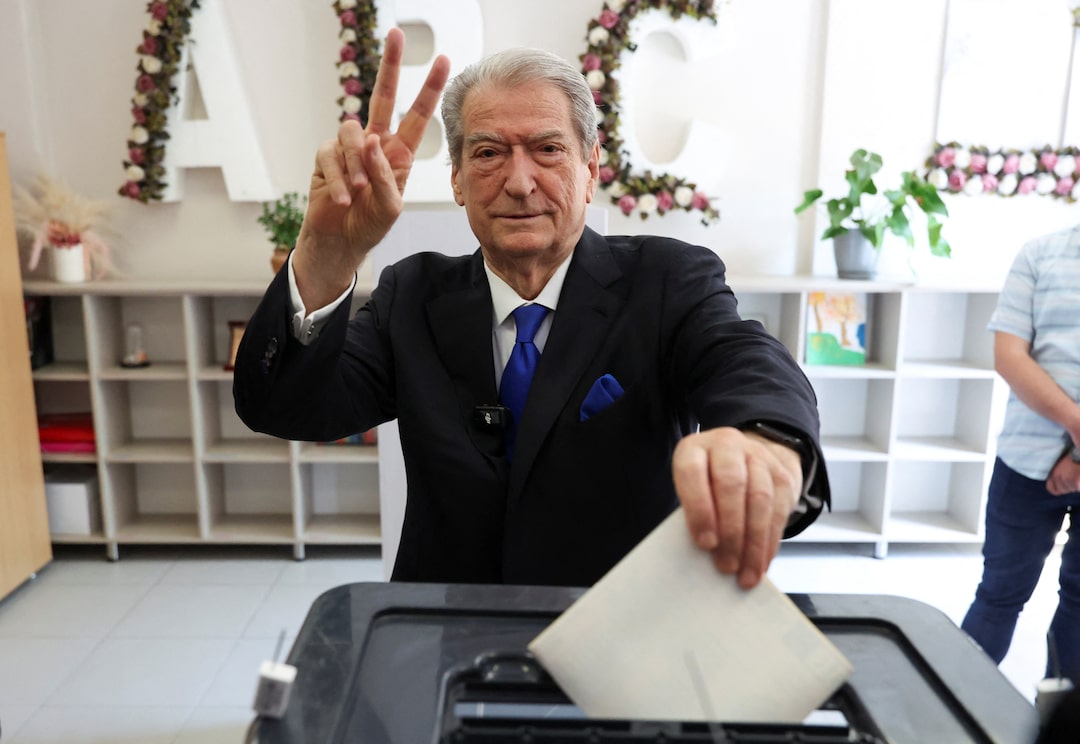The United States has proposed a 60-day ceasefire between Israel and Hamas as a central element of a comprehensive new plan aimed at halting the conflict in Gaza, according to a document reviewed by Reuters. This initiative represents Washington’s most detailed framework yet to end the violence that has devastated the Gaza Strip since October 2024.
The proposed agreement outlines a phased truce and includes the return of Israeli hostages held by Hamas in exchange for Palestinian prisoners. The plan also addresses the expansion of humanitarian aid into Gaza, where living conditions have deteriorated to catastrophic levels due to the ongoing Israeli military campaign.
According to the document, the initial 60-day cessation of hostilities would see Hamas release elderly, sick, and female hostages, while Israel would release an undisclosed number of Palestinian detainees. A second phase would focus on the release of Israeli soldiers and male hostages, while the third phase would aim to achieve a lasting end to hostilities and begin long-term reconstruction efforts.
The plan was presented to Israeli, Egyptian, and Qatari officials, who are key interlocutors in mediating between Israel and Hamas. Hamas has not officially responded, but Palestinian officials involved in previous negotiations have indicated that the group is carefully reviewing the proposal.
The document calls for an immediate and sustained increase in humanitarian access to Gaza, where aid agencies warn that famine is imminent and the health infrastructure has nearly collapsed. It outlines mechanisms for the entry of aid trucks, medical supplies, and fuel, and proposes the creation of safe corridors for civilians.
Israeli officials have not publicly commented on the details of the new proposal, but a government spokesperson reaffirmed Israel’s demand that any ceasefire agreement must ensure the complete dismantling of Hamas’s military capabilities.
The United States is also pushing for international backing of the plan, seeking support from Egypt, Qatar, and the United Nations to help monitor and implement its terms. Secretary of State Antony Blinken has engaged in a series of diplomatic meetings to shore up backing for the initiative, emphasizing the urgency of de-escalating the conflict.
The document notes that the deal is contingent on Hamas’s willingness to commit to a permanent cessation of attacks against Israel and allow for a multinational force to oversee parts of Gaza’s reconstruction and security. It also raises the possibility of increased Palestinian Authority involvement in the administration of Gaza, a point that remains highly contentious.
Since the war began, over 35,000 Palestinians have been reported killed in Gaza, according to local health authorities, while Israel reports over 1,200 deaths, mostly from the October 7 Hamas attack that ignited the current war. The humanitarian crisis in Gaza has drawn widespread international condemnation and growing calls for restraint from key allies of Israel, including the US, France, and the UK.
The proposal reflects a growing sense of urgency in Washington to bring an end to the bloodshed and avoid further regional destabilization. While previous ceasefire efforts have collapsed amid deep mistrust and strategic differences between the parties, US officials remain hopeful that this new phased approach, coupled with international support, could lay the groundwork for a sustainable resolution.
The full implementation of the ceasefire plan remains uncertain, but its presentation signals that diplomatic efforts to end the war are intensifying behind the scenes. The next steps depend largely on how Hamas and the Israeli government respond to the framework in the coming days.
Source; Reuters



